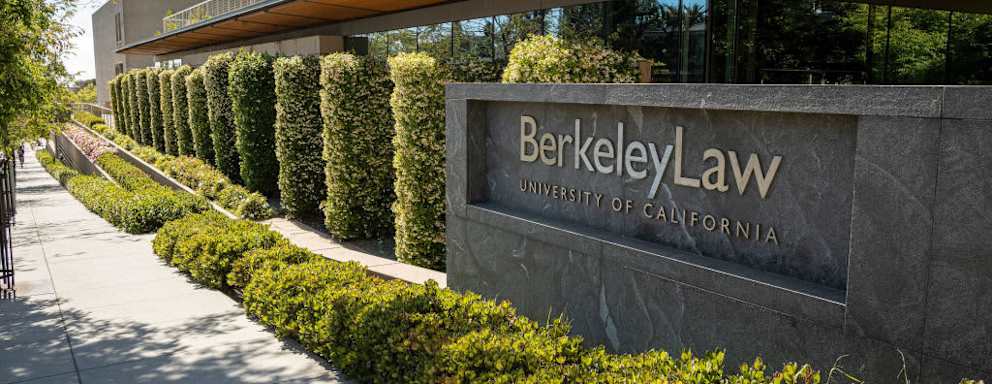U.S. News Rankings Delayed Amid Controversy
 Credit: Image Credit: Bloomberg / Getty Images
Credit: Image Credit: Bloomberg / Getty Images- U.S. News & World Report has delayed the final release of its law and medical school rankings following pushback from university leaders.
- The magazine revamped its methodology after several top schools boycotted the rankings last year.
- Preliminary rankings showed some minor changes among the top schools.
- There’s no apparent timetable for the revised rankings, although the magazine’s rankings of other graduate programs are public.
After some delay, U.S. News & World Report released its 2024 graduate school rankings. Then it didn’t.
Following a year when numerous leading law and medical schools publicly boycotted the publication’s rankings, calling into question their validity and usefulness, U.S. News released beta versions for 2024. But the results and methodologies didn’t sit well with university leaders, so it pulled the preliminary rankings and went back to the drawing board, promising to re-release them in short order.
The preliminary law and medical school lists revealed some institutional movement from last year but didn’t offer the seismic shakeup that could have resulted from the new methodology.
Rankings Preview Causes Angst and Delays
On April 11, U.S. News previewed its law and medical school rankings, promising to publish the final versions a week later.
However, thanks to an “unprecedented number of inquiries” from university leaders during the embargo period, the magazine announced it would delay releasing final rankings until April 25, one week from the original target date. Meanwhile, it removed the preliminary rankings from its website.
Come April 25, the 2024 graduate school rankings did indeed come out, minus law and medical schools. Those rankings remain in limbo.
“The level of interest in our rankings, including from those schools that declined to participate in our survey,” U.S. News wrote on its website, “has been beyond anything we have experienced in the past.”
Law school officials took issue with how the publication’s methodology considered employment rates, not counting students on fellowships as employed. Yale protested after its ranking dropped despite the inclusion of fellowships. Similarly, the University of California, Berkeley, complained that students in its joint law and Ph.D. program were being counted as unemployed.
“What we are seeing unfold with U.S. News on a weekly basis is exactly why so many schools no longer participate,” Debra Kroszner, associate dean and chief of staff at Yale Law, told the New York Times. “It’s a deeply flawed system.”
Last year Yale Law led a boycott of U.S. News, refusing to cooperate with the magazine’s data collection. Harvard soon followed suit and was joined in rapid succession by Stanford, Penn, Columbia, Michigan, Duke, and several other law schools U.S. News regularly ranks among its top 20.
Law school officials claim the rankings incentivize them to recruit students with high standardized test scores, students who often can afford expensive test prep courses. As a result, incoming classes aren’t as socioeconomically diverse as they could be.
Rankings also discourage public service careers and disregard loan forgiveness programs when calculating student debt loads.
In an open letter to law school deans, U.S. News addressed these concerns and clarified its data collection strategies for the coming cycle. After conversations with more than 100 deans and other law school representatives, U.S. News said it would make a “series of modifications in this year’s rankings” to reflect those inputs. The magazine said it would use publicly available data required by the American Bar Association instead of relying on information supplied directly by the schools.
As reported by Forbes, changes to the methodology include increasing the weight of the bar passage rate and graduate employment and reducing the weight of peer assessments, grades, and test scores.
The initial 2024 rankings, now removed, featured Yale and Stanford tied at the top, with the University of Chicago at third, Harvard and the University of Pennsylvania tied for fourth, and Duke and New York University tied for sixth. For many years, Yale has held the top spot alone.
“Perhaps their taking this down means that they are making corrections,”
Erwin Chemerinsky, dean of Berkeley Law School, told Law.com.
New Medical School Rankings Reveal Changes at the Top
Around that same time law schools were digging in their heels, leading medical schools, including Harvard, Columbia, Chicago, Johns Hopkins, Penn, and Stanford — all highly ranked by U.S. News — followed a similar path by refusing to participate in the magazine’s data collection.
Like law schools, medical schools cited problems with the magazine’s misguided assumptions related to admissions criteria and career choices.
In its 2024 rankings preview, U.S. News listed Johns Hopkins University, Penn, and Harvard as the top three medical schools before removing the post. Last year’s list ranked Harvard first, followed by NYU, Columbia, Johns Hopkins, and the University of California, San Francisco.
“We know how difficult it is to be a student searching for comparable information, and we will continue to incorporate data that medical schools reported directly to U.S. News over the past two years on the U.S. News’ rankings and school profile pages, including indicators not used in the ordinal rankings and other critical information,” the publication said.
Awaiting Final Rankings and Potential Reshuffling
Will this latest deck-reshuffling result in meaningful changes to the pecking orders of law and medical schools? That remains to be seen.
What is clear, however, is the growing disdain among university leaders for the rankings enterprise, particularly the U.S. News hegemony that has rankled the industry for four decades.
“I hope that by making this choice, we have undermined the credibility of U.S. News because it has far too much influence over education,” Berkeley’s Chemerinsky told the New York Times. “But I’m a realist. I know they’re doing rankings. I want to make sure that whatever the data is, it is done accurately.”